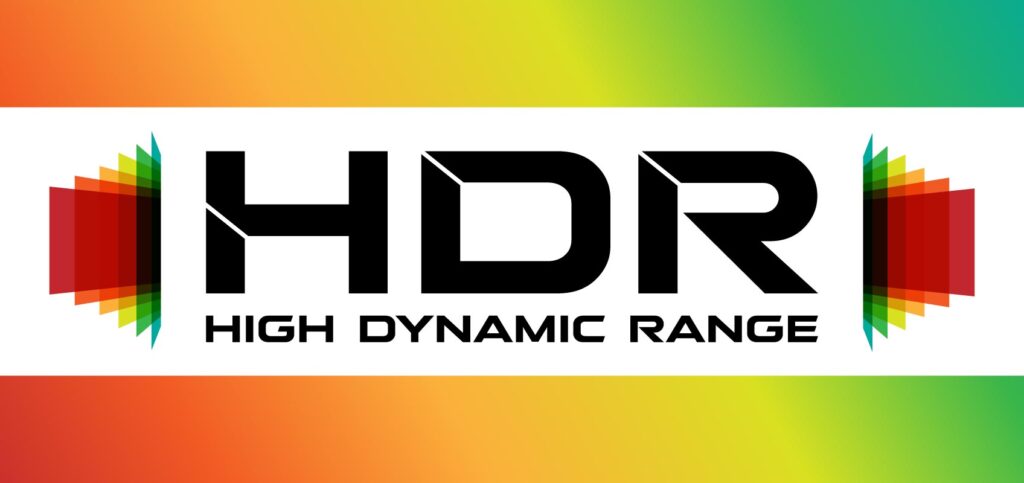
High Dynamic Range (HDR) video is a technology that offers improved brightness, color accuracy, and adds more detailed contrasts and a richer range of colors in comparison to SDR (Standard Dynamic Range) video. HDR improves image fidelity with either static or dynamic metadata for contribution and display. HDR video relies on a 10-bit color space, Rec.2020, to deliver a wider color gamut than with SDR, making blacker blacks, whiter whites, and more subtle hues to deliver a visual experience that is closer to real life.
There are two main transfer functions used to capture video in HDR including HLG and PQ. Perceptual Quantization (PQ) was developed by Dolby Vision and standardized by SMPTE and provides up to 10,000 nits of brightness. Hybrid Log Gamma (HLG) was initially developed by the BBC and NHK. Though HLG does not support the same level of brightness and color range as PQ, it has the advantage of being backwards compatible with SDR. Many of today’s HDR television cameras support either or both HLG and PQ.
Television broadcasters can produce with PQ video for content delivered in HDR-10, HDR-10+, or DolbyVision by adding the metadata needed. For video in captured with HLG, no metadata is needed to display on an HDR or SDR screen.